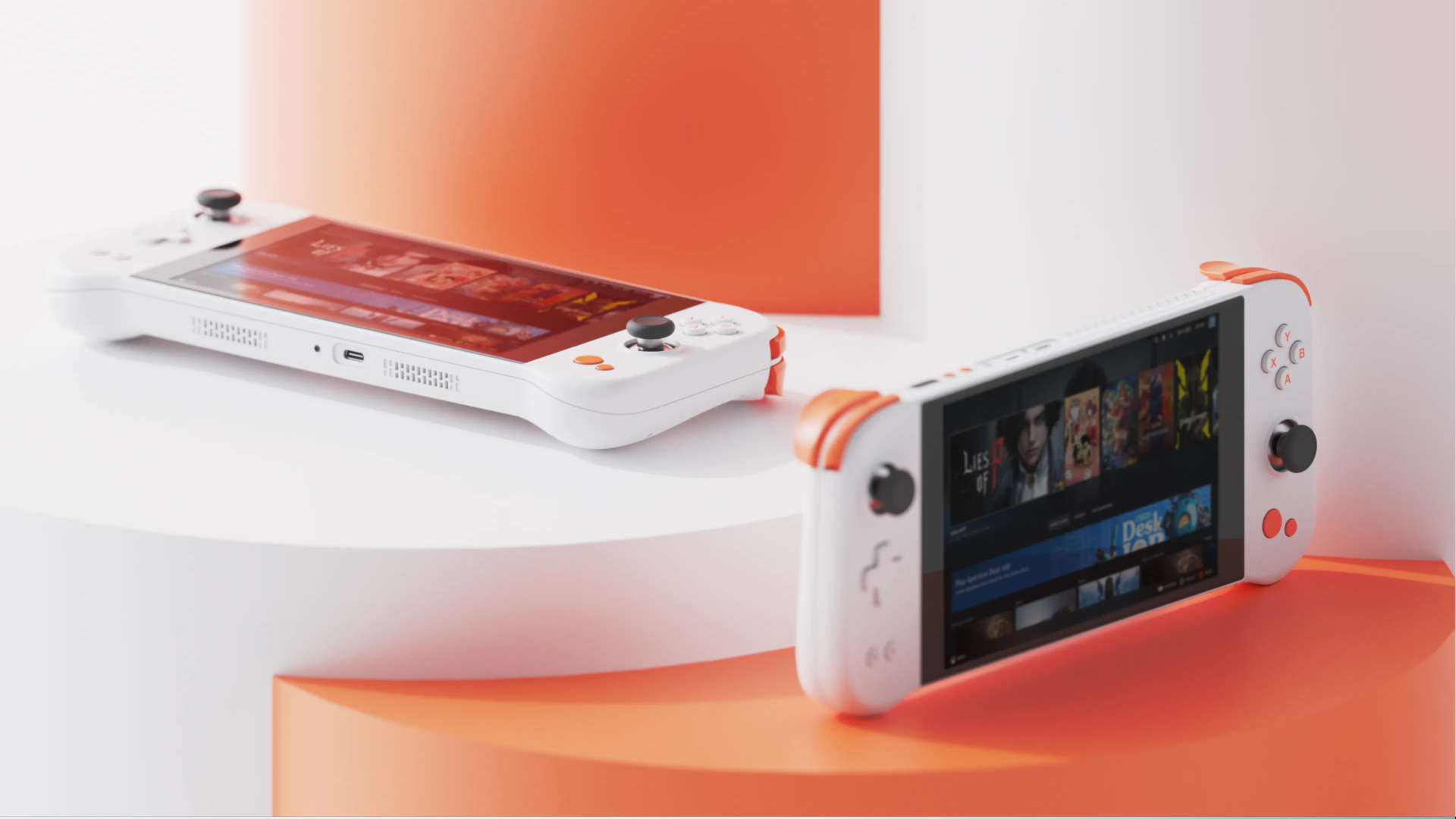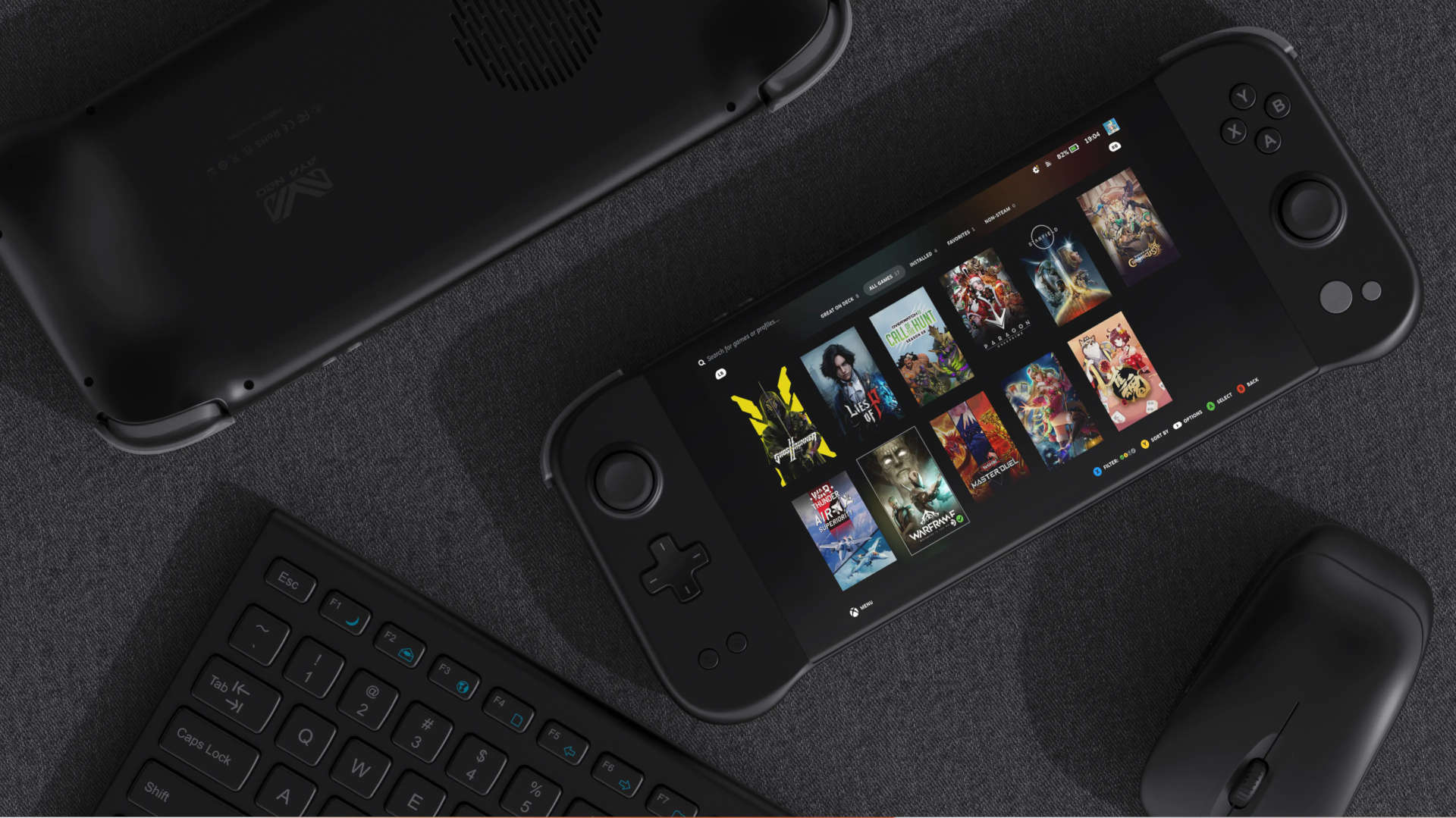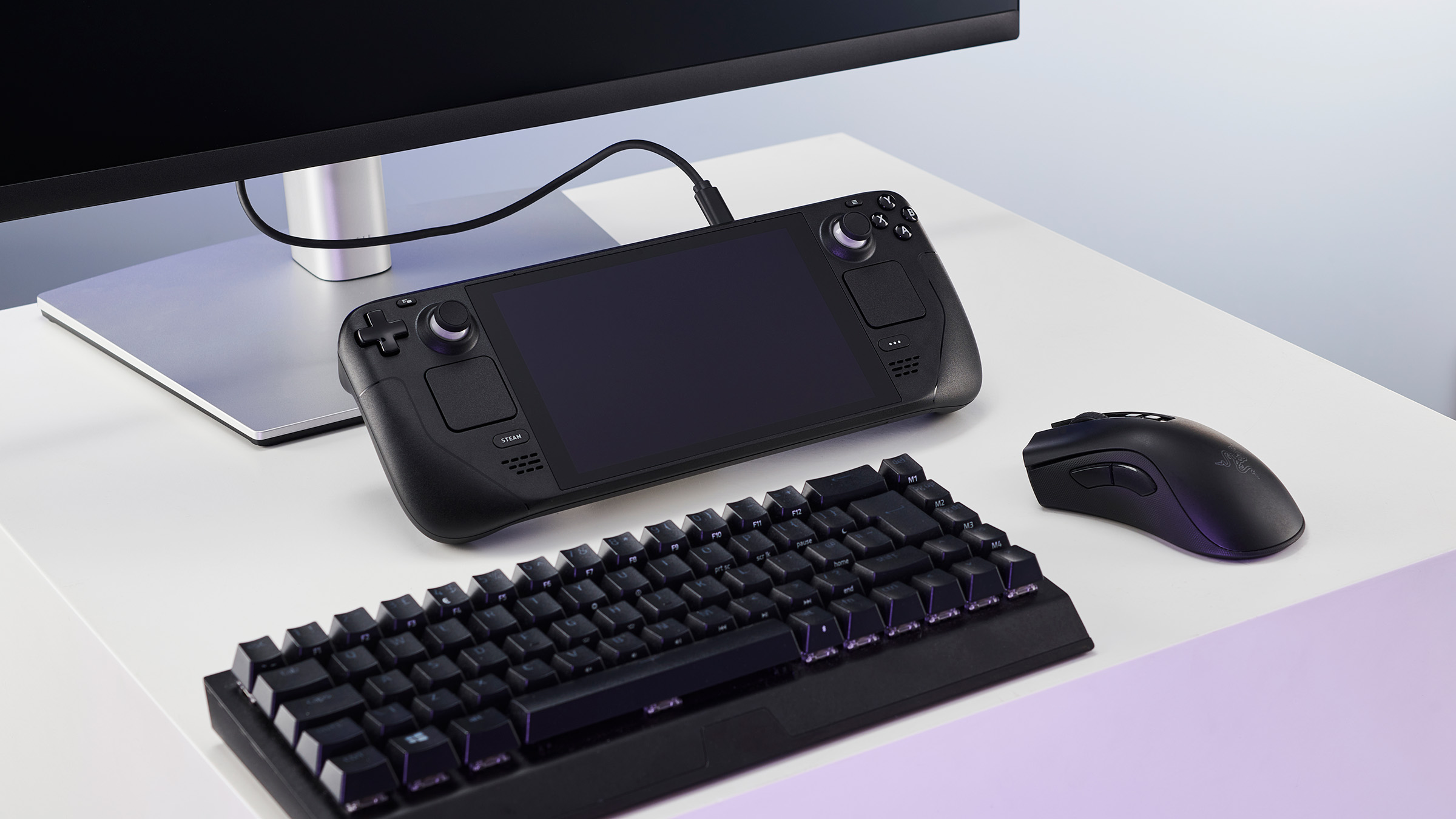Ayaeneo's Next Lite is 'the cost-effective choice' but only because it cloned SteamOS off Github and jammed a 4 year-old APU into it
This or an original Steam Deck? Bit of a one-sided fight, unfortunately.

Just a few days ago, purveyor of handheld and pocket PCs, Ayaneo announced it's first SteamOS handheld, called the Next Lite. Two aspects of the launch made it stand out: Firstly, the price would be aimed firmly at the budget sector and secondly, it would be the first non-Steam Deck handheld to retail with Valve's open-source operating system installed instead of Windows. We contacted Ayaneo for further details and it's kindly spilled the beans.
Some aspects we already knew about, such as the 7-inch 800p IPS screen and the 47Wh battery, but now we know what's powering the handheld device and it's not quite what we were hoping for. There will be a choice of two AMD APUs inside: Ryzen 5 4500U and Ryzen 7 4800U.
These chips are four years old, in terms of when they were first launched. The 4500U has six cores, six threads, with a boost clock of up to 4.0 GHz, and is based on AMD's Zen 2 architecture. The graphics side of the APU is handled by a Vega-based GPU, with 384 shaders. Despite its clock speed of 1,500MHz, it's not suitable for the very latest games, even at 800p and low settings.
The other option, the Ryzen 7 4800U, is an eight core, 16 thread affair, with a boost clock of 4.2GHz. There are 512 shaders in this one and they run at up to 1,750MHz so it's by far the best choice if you want to stand a chance of having the best possible gaming experience.
Fortunately, there's still a lot to like about the Next Lite. How about Hall effect thumbsticks and shoulder triggers, for a start? As no contact traces are grinding away, they're far more resistant to joystick drift than traditional ones, to the point where you're more likely to wear something else away before you start to experience drifting.

And there's the fact that Ayaneo is using Valve's SteamOS as the operating system, rather than Windows. Well, it's not quite SteamOS: it's a third-party project called HoloISO, that's adapted the Steam Deck's operating system into a more generic one that can be installed on other devices.
While it's not going to be as officially SteamOS-y as the Steam Deck, Ayaneo has tweaked HoloISO specifically for the Next Lite, so hopefully it should work perfectly well, right out of the box.
Keep up to date with the most important stories and the best deals, as picked by the PC Gamer team.
The Next Lite does look very nice and for the right person, it could be a great little device. I only say could because it's not quite as budget-friendly as you may think. For example, the first 100 customers will be able to pick up the Ryzen 5 4500U version, with 16GB of RAM and 512GB of PCIe 3.0 NVMe storage, for $299.
That's roughly $500 less than the Ryzen Z1 Extreme-powered Asus ROG Ally, but that price won't be the usual one and, if I am to be frank, the 4500U just isn't worth considering. The 4800U is the only one that I'd go for, but I suspect that it will sell for around the $450 mark.

Steam Deck OLED review: Our verdict on Valve's handheld.
Best Steam Deck accessories: Get decked out.
Steam Deck battery life: What's the real battery life?
Best handheld gaming PC: What's the best travel buddy?
It's still a lot cheaper than the ROG Ally and other top-end handheld PCs, of course, but when you can get a 256GB LCD Steam Deck for $399 and the newer 512GB OLED model for $549, such a price really doesn't look all that enticing.
Ayaneo's marketing tagline for the Next Lite is 'Touch the future, the cost-effective choice' but if the future involves four year old components and a Github project to bring the price down, then I'll stick with the past, thanks.
One has to start somewhere, of course, and perhaps if the Next Lite is successful enough, Ayaneo will look at bringing more powerful models to market, once it's had more experience in developing HoloISO for its own devices. Better still would be a direct collaboration with Valve on getting a proper version of SteamOS on its devices.
If we get our hands on a Next Lite, we'll be sure to let you know just what it's really like.

Nick, gaming, and computers all first met in the early 1980s. After leaving university, he became a physics and IT teacher and started writing about tech in the late 1990s. That resulted in him working with MadOnion to write the help files for 3DMark and PCMark. After a short stint working at Beyond3D.com, Nick joined Futuremark (MadOnion rebranded) full-time, as editor-in-chief for its PC gaming section, YouGamers. After the site shutdown, he became an engineering and computing lecturer for many years, but missed the writing bug. Cue four years at TechSpot.com covering everything and anything to do with tech and PCs. He freely admits to being far too obsessed with GPUs and open-world grindy RPGs, but who isn't these days?

